This article explains different ways to change the location of the FILESTREAM data files. The FILESTREAM feature was introduced in SQL Server 2008 version. We can efficiently store the BLOBs in the SQL database using FILESTERAM.
Read more »
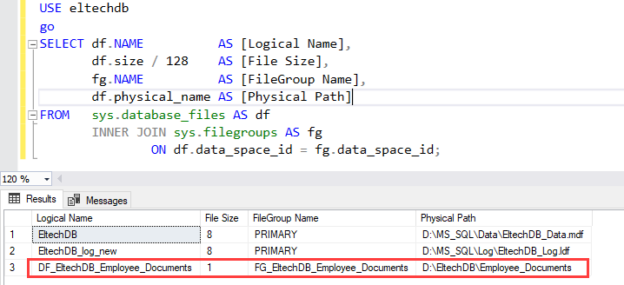


This article explains different ways to change the location of the FILESTREAM data files. The FILESTREAM feature was introduced in SQL Server 2008 version. We can efficiently store the BLOBs in the SQL database using FILESTERAM.
Read more »
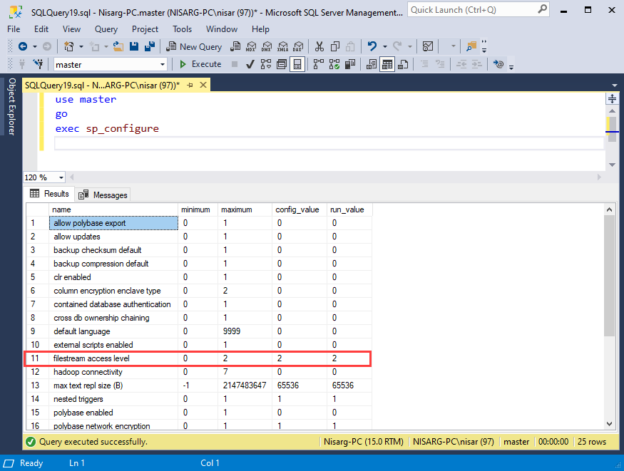
In this article, we are going to learn how we can manage the FILSTREAM filegroup of SQL Database. I am going to cover the following topics.
Read more »

SQL Server FILETABLE provides benefits over SQL FILESTREAM available from SQL Server 2012. We can manage unstructured objects in the file system using SQL Server. It stores metadata in particular fixed schema tables and columns. It provides compatibility between an object in SQL Server table and Windows.
Read more »

SQL Server FILETABLE is a next generation feature of SQL FILESTREAM. We can use it to store unstructured objects into a hierarchal directory structure. SQL Server manages SQL FILETABLE using computed columns and interacts with the OS using extended functions. We can manage SQL FILETABLEs similar to a relational table.
Read more »
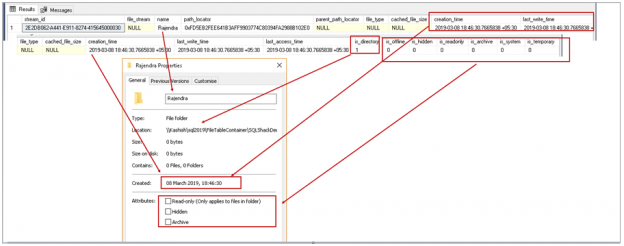
This SQL Server FILETABLE article is the continuation of the SQL Server FILESTREAM series. The SQL Server FILESTREAM feature is available from SQL Server 2008 on. We can store unstructured objects into FILESTREAM container using this feature. SQL Server 2012 introduced a new feature, SQL Server FILETABLE, built on top of the SQL FILESTREAM feature. In this article, we will explore the SQL FILETABLE feature overview and its comparison with SQL FILESTREAM.
Read more »
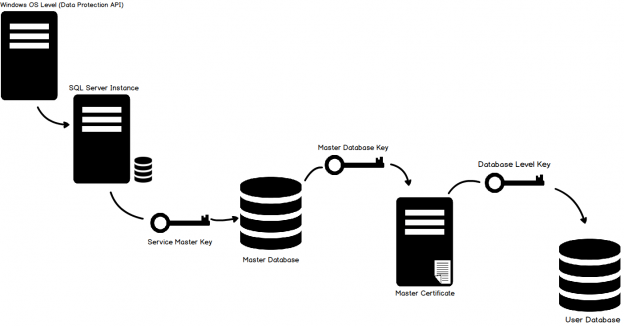
This article is the continuation of the SQL FILESTREAM series.
Read more »
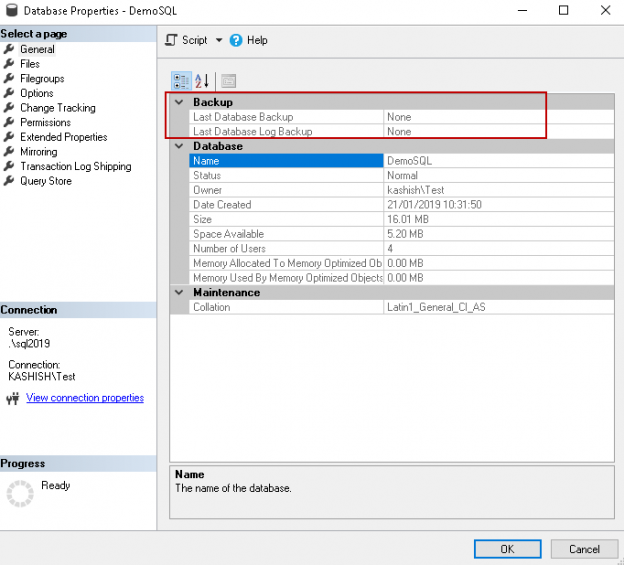
In the continuation of our SQL FILESTREAM article series, we’ll be covering transaction log backups
In SQL Server, we take transaction log backups regularly to have a point-in-time recovery of a database. It is essential to define the backup policy with the combination of full, differential and transaction log backups. A standard configuration of backups for large databases in the production database environment is as follows.
Read more »
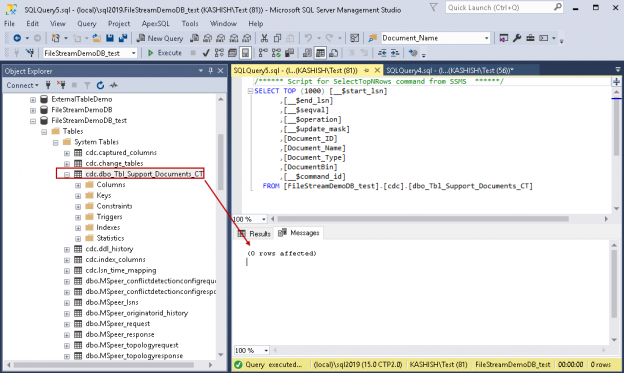
Sometimes we require tracking data change activity (Insert, update and deletes) in SQL Server tables. SQL Server 2008 introduced Change Data Capture (CDC) to track these changes in the user-defined tables. SQL Server tracks the defined table with a mirrored table with same column structure; however; it adds additional metadata fields to track these changes. We can use table-valued function to access this changed data.
Read more »
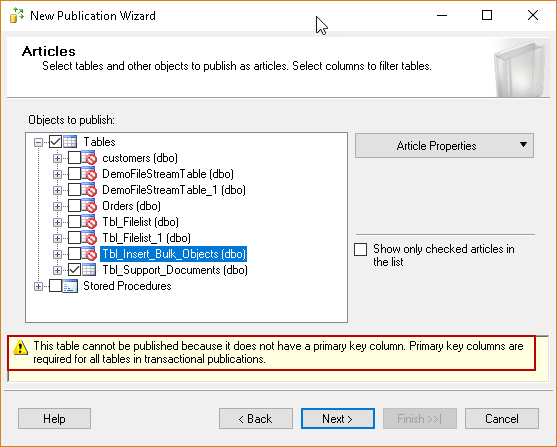
In the previous articles in this series (see TOC at bottom), we wrote about the various feature of the SQL Server FILESTREAM. In SQL Server, we use replication to replicate the articles to the destination server. Consider a scenario in which we have the FILESTREAM database in our environment. We would also have the requirement to configure this database for SQL Server replication.

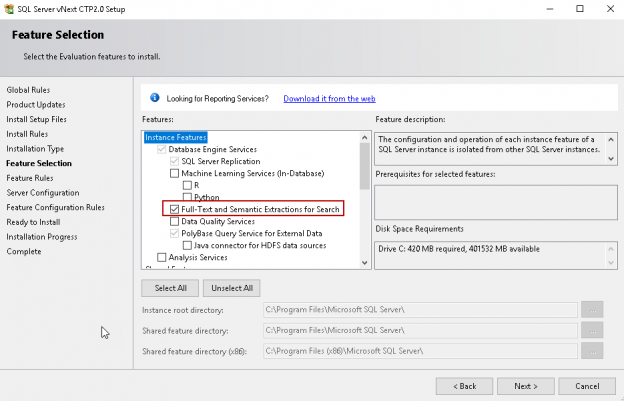
In this article, the latest in our series on the SQL FILESTREAM feature, we are going to look at the synergy and interoperability with SQL Server Full Text search, another powerful SQL Server feature
Read more »
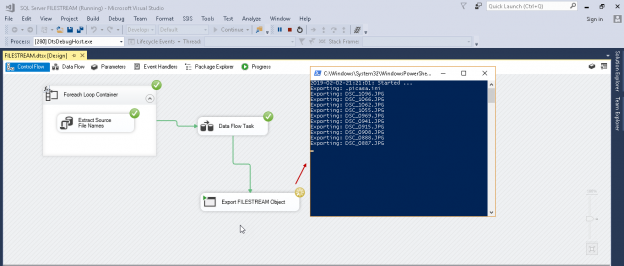
In this series of articles on SQL Server FILESTREAM (see TOC at bottom), we explored various ways to store unstructured data in the file system with the metadata in SQL Server tables. If we have a large number of objects in the file system, it is advisable to use the fast disk for storage purpose. It is faster and provides better IO in comparison with the traditional file system.

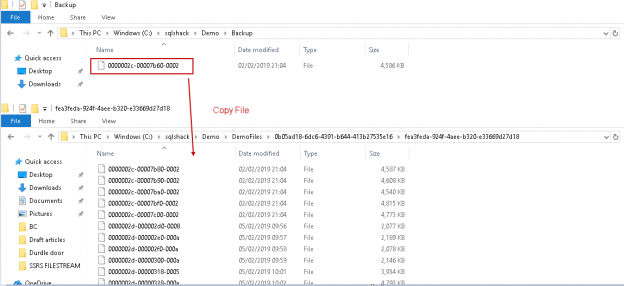
This article will cover corruption and recovery scenarios in the context of SQL Server FILESTREAM including missing data, incompatible files types, DBCC checks, orphan files and garbage collection

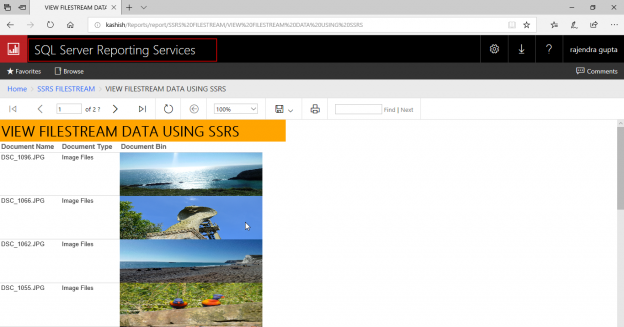
SQL Server FILESTREAM stores objects into the file system and applications can retrieve these objects to benefit from the IO streaming capability of the Windows OS. In my earlier articles we used the SSIS package to import and export data from the a FILESTREAM table
Read more »
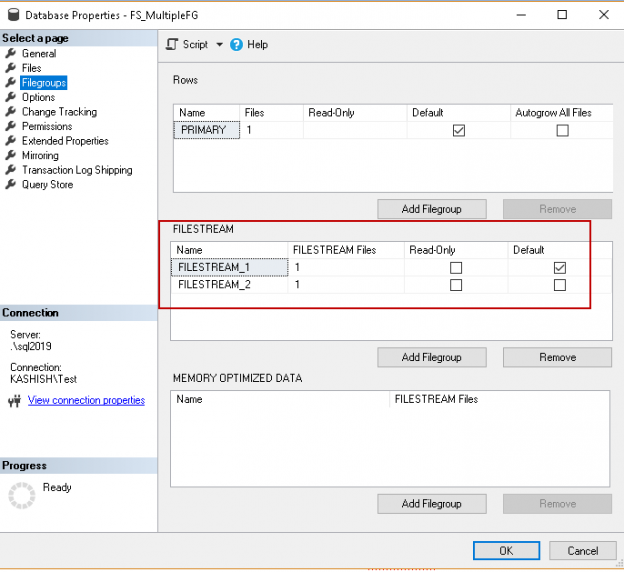
In this series of the SQL Server FILESTREAM (see TOC at bottom), We have gone through various aspects of this feature to store large size objects into the file systems.

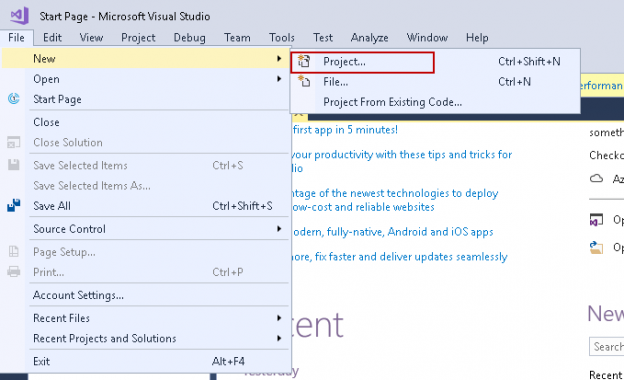
We have been exploring the SQL Server FILESTREAM feature in this ongoing series of articles. In this previous article, Managing data with SQL Server FILESTREAM tables, we wrote about inserting FILESTREAM data into a FILESTREAM table and performing DML activities on it. Suppose we have created the FILESTREAM database in our instance and now we want to insert a large number of files into a FILESTREAM container. It is easy to write out the insert queries for a small number of files, but if the numbers of files were in huge quantity, it would be difficult to write out the code and insert data into it. It is difficult to manage such kind of requests regularly in the environment.
Read more »

In the article FILESTREAM in SQL Server, we provided a SQL Server FILESTREAM overview with a focus on internal functionality. In this article, we will cover various additional aspects of the FILESTREAM feature.
Read more »
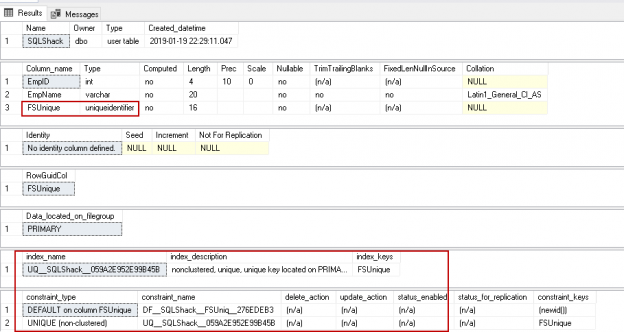
SQL Server FILESTREAM is a great feature to store unstructured data into the file system with the metadata into

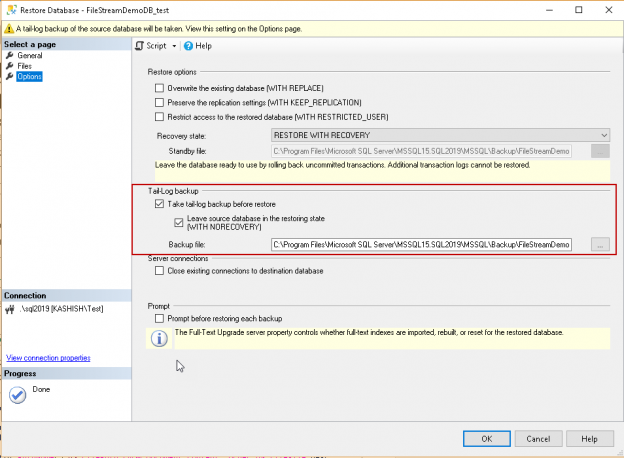
The SQL Server FILESTREAM feature is available from SQL Server 2008 onwards. This feature allows the large BLOB objects to store into the file system and keeps metadata in the database tables. Before you go further in this article, let us have a quick overview of the FILESTREAM series articles.
Read more »
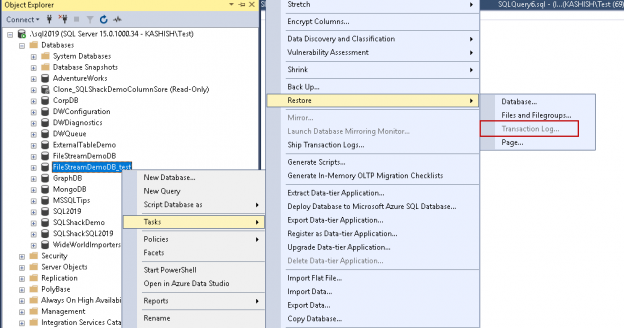
In the series on the SQL Server FILESTREAM feature, we have explored the various aspects of FILESTREAM including its overview, internal architecture, database creation etc. In my last article [put the name of the article and a link], we explored the backup for the FILESTREAM enabled database. We can take Full backup as well as filegroup level backup in the FILESTREAM database.


The SQL Server FILESTREAM feature in SQL Server allows storing the large documents files directly into the file systems. In my previous articles, we explored the concepts of FILESTREAM feature in SQL Server. We also learned the folder structures, metadata information and the process of garbage collection. In this article, we are going to learn about the backup and restores in SQL Server.
Read more »

SQL Server FILESTREAM allows storing the Varbinary (Max) objects in the file system instead of placing them inside the database. In the previous article – FILESTREAM in SQL Server, we took an overview of the FILESTREAM feature in SQL Server and process to enable this feature in SQL Server Instance.
Read more »
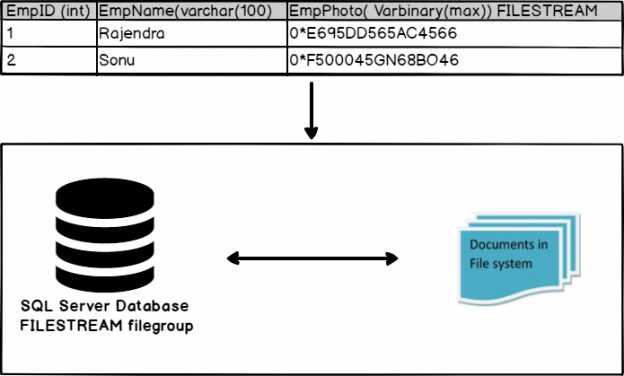
This article will discuss SQL Server FILESTREAM including installation, configuration, enabling and general considerations.
© Quest Software Inc. ALL RIGHTS RESERVED. | GDPR | Terms of Use | Privacy